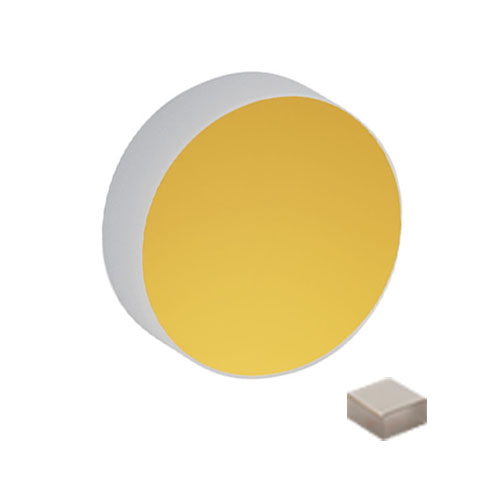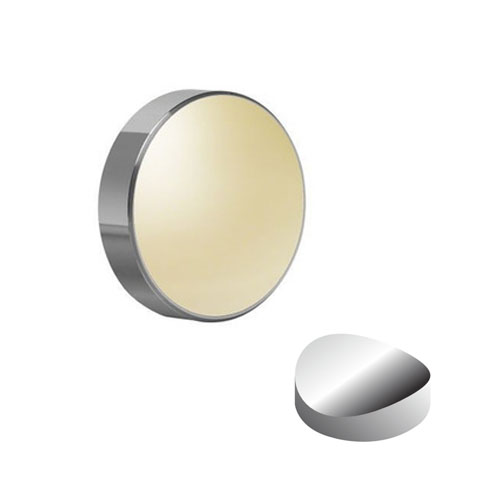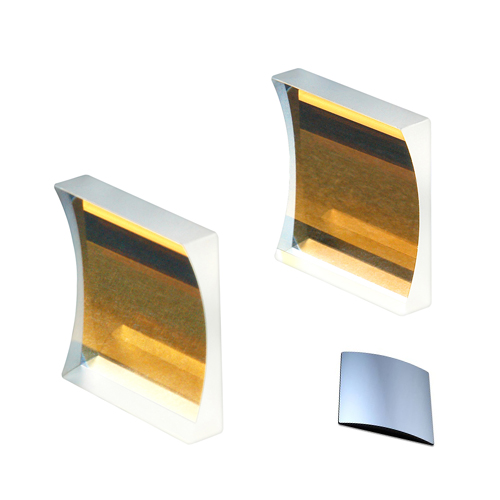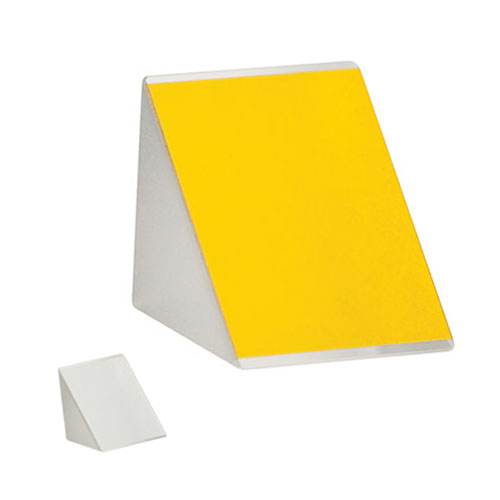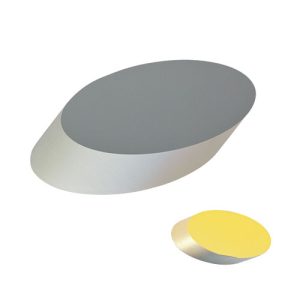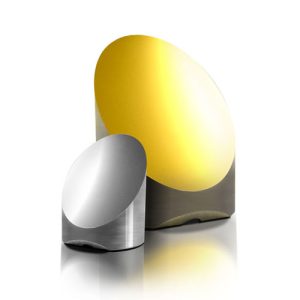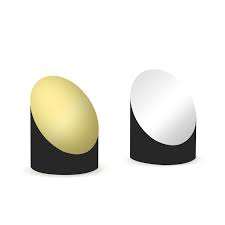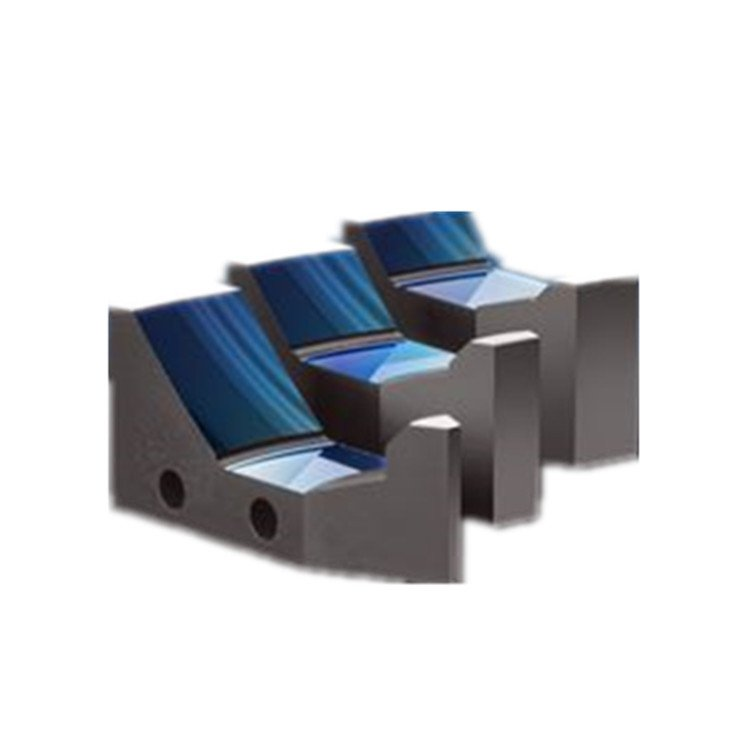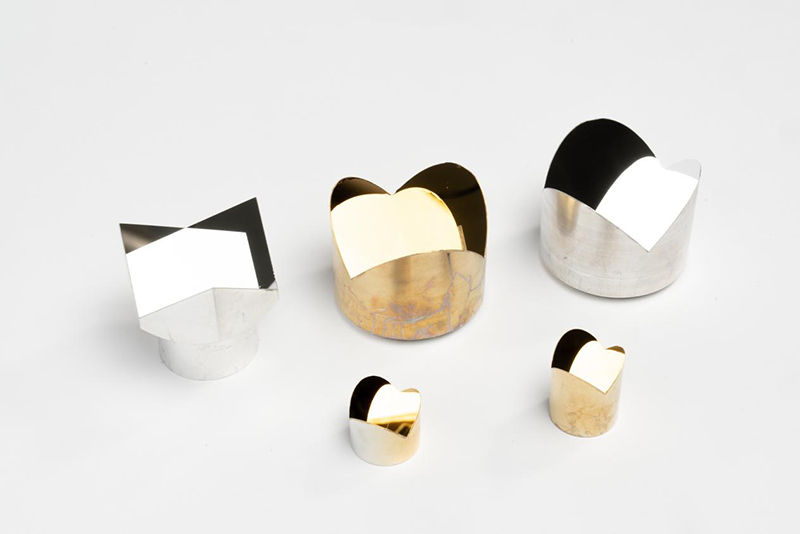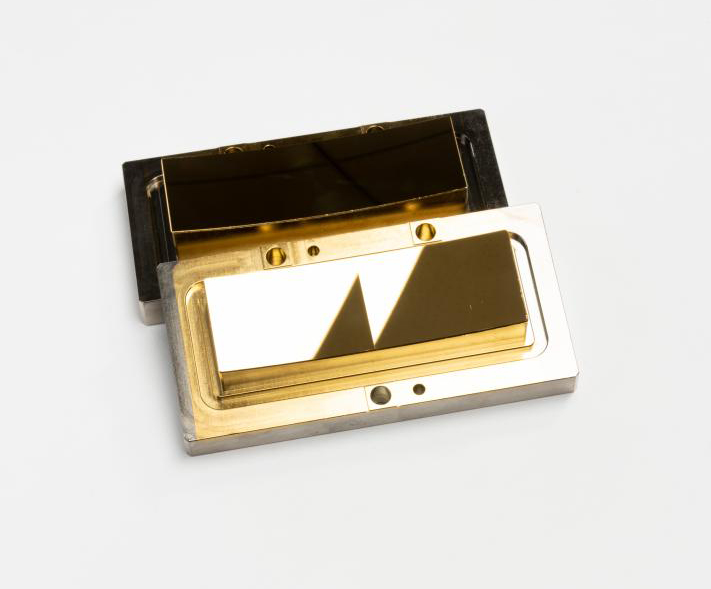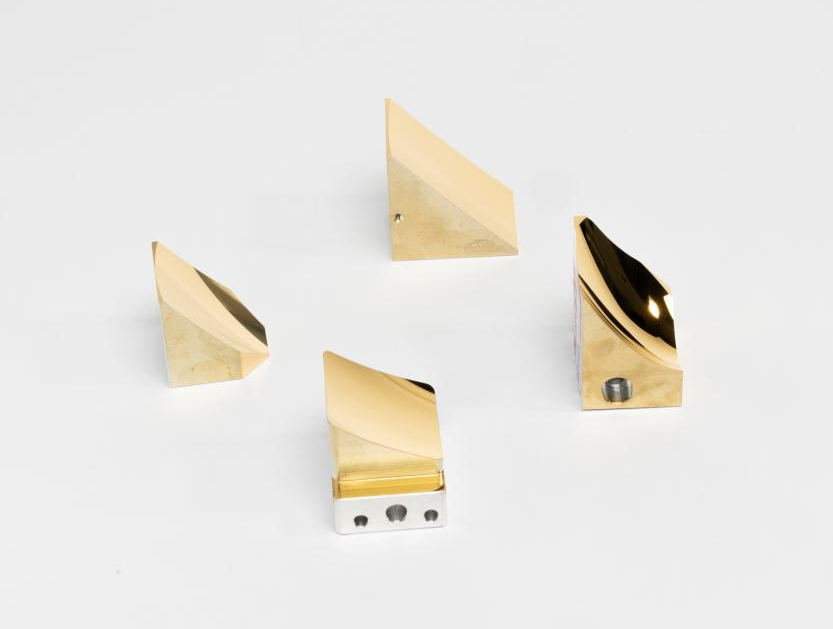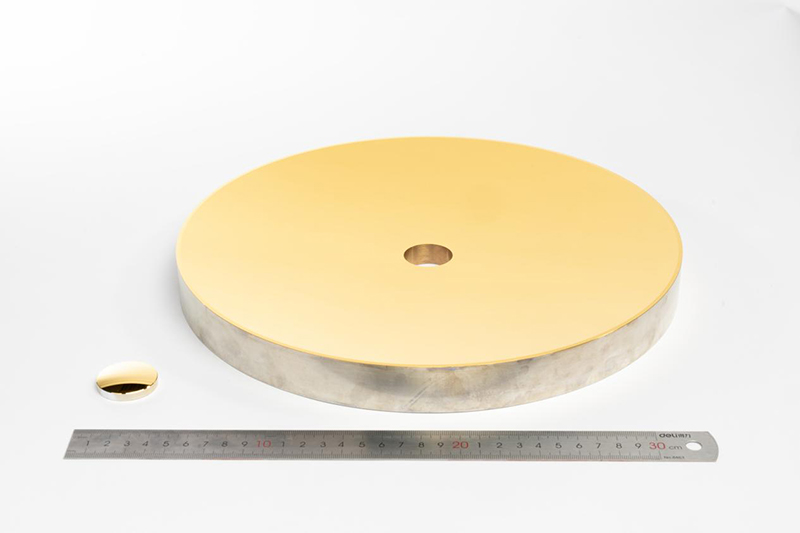Optical Mirrors
Optical mirrors are used for beam turning, interferometry, imaging or illumination. Using polished glass or metal as the substrate, the light beam irradiates the surface to form specular reflection. In order to obtain as much reflected light as possible, a layer of reflective film is often plated on the substrate, including metal film and dielectric film.
The commonly used materials of metal films are aluminum, silver and gold. Aluminum has high reflectivity from ultraviolet region to infrared region. At the same time, a layer of alumina can be formed on the surface of aluminum, so the film is firm and stable. The silver film has high reflectivity in the visible and infrared regions, and the polarization effect is the smallest when the incident angle changes. Gold film has high reflectivity in the infrared region, and its strength and stability are better than silver film, so it is often used for infrared reflection.
The metal film is soft and easy to be scratched and damaged, so a protective film is often plated outside the metal film. The metal film mirror is not sensitive to the incident angle, and can meet the geometric reflection conditions. At the same time, it can be used in a relatively wide wavelength range. Generally speaking, metal film mirrors can meet the needs of optical instruments. The reflective film can be used to achieve the minimum reflectivity and the maximum reflectivity if the reflective film is used. The incident angle and wavelength will affect the reflection efficiency of the dielectric film. Generally, the incident angle: 0 ° or 45 ° and the specific working wavelength range will be marked. We provide non coated and reflective mirrors. The options of reflective film include ordinary protective aluminum film, protective ultraviolet reflective aluminum film, protective silver film and protective gold film. Fused silica substrates are suitable for UV applications.

